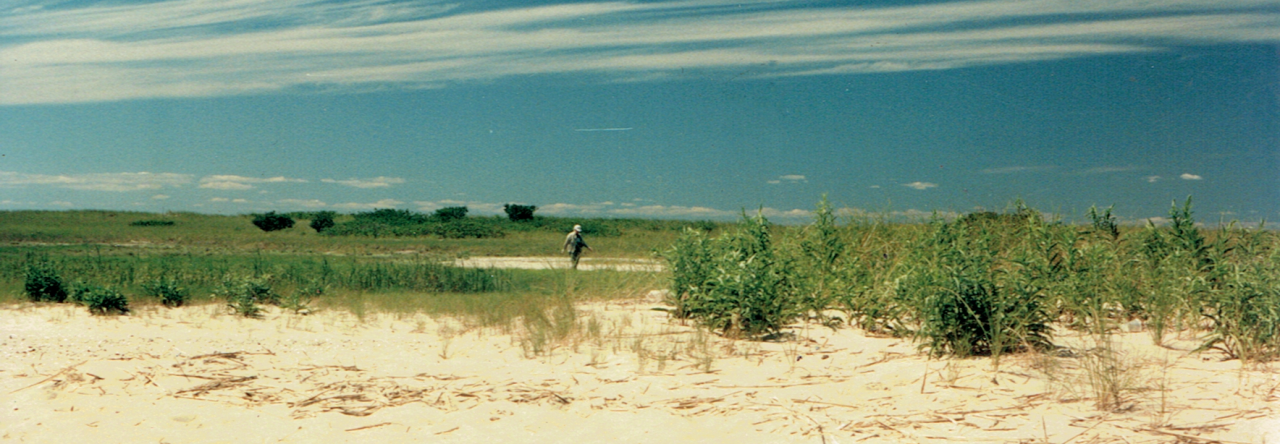The key is practice. The whole body is involved in a complex array of muscle memory. I know from experience. I make baskets, which requires all kinds of finger dexterity and strength. After years of making baskets, each of my fingers has their own brain. It’s the same for horseshoes. You have to keep tossing and concentrating on how the shoe landed and how to adjust from there. Eventually, your arm knows how much force to use, how to step, the angle of release, the way you hold the shoe. I have ultimate respect for champion “shoers”. They put in the time to get that way. Here’s my story.
There’s nothing quite like the sound of a ringer. The shoe hits the iron post and may spin. The shoe may hit another shoe that missed. The sounds of shoes in the pit is very enjoyable. You want more. It becomes an addiction.
I tossed for a weird reason. As a boy, I contracted polio in my right arm. With exercise and the Sister Kinney Treatment, and my mother, I regained the use of my arm. However, I did loose some muscle mass. I took to horseshoes to exercise my arm.
At the start, I had to decide which way to hold the shoe. The flip method means holding the shoe in the middle with both forks facing the pit. I would concentrate on the pole through the forks of the shoe to better air my shot. The other method is the Frisbee toss. Holding one of the forks, the shoe is released so that it sails in flat spiral. After many tries both ways, I chose the flip. The goal is to have the forks arrive at the pole at just the right time.
I built a horseshoe court in my Manorville backyard. The soil was so sandy, that I carried in buckets of clay soil and poured them into the pit so when the shoes landed, they didn’t disappear under loose sand. I practiced alone as a routine. With four shoes in a set, I’d toss 20 sets. Gradually I got better.
I set the stakes in concrete and built boxes on both sides. I loved to “ting” the dirt off a shoe to knock off the dirt, another great horseshoe sound.
As a retired science teacher, I admire the physics of force. The release of the shoe at the proper point of the arm swing is probably the most important skill to acquire.
When I toss shoes, I imagine being on a farm with other hands. We hear the dinner bell, and knock off work, wash our hands outside using the hand pump, and wait to be called to the dinner table. It was horseshoe time. The four of us would take our places and play a game of 21. Ringers are three points, leaners – 2 points, and one point scored for a shoe that is within the width of the forks.
For me, the sounds of shoes against shoe and shoe against pole harkened back to an older time when there were less distractions. Tossing shoes was relaxing, socializing, and competitive. And best of all, tossing shoes keeps me out of trouble.



